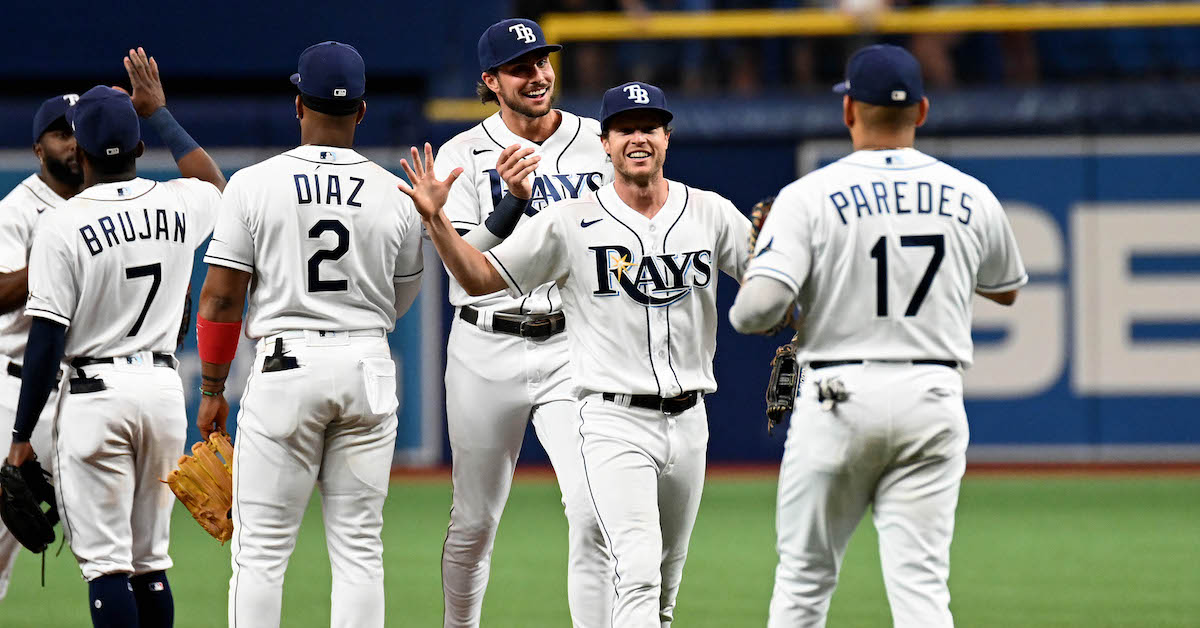Cardinals Rookie Brendan Donovan Believes in Line Drives

Brendan Donovan knows who he is as a hitter. The St. Louis Cardinals rookie is at his best when he’s hunting line drives, and that approach has been working like a charm. Two months into his big-league career, the 25-year-old is slashing .315/.426/.448 — with 14 doubles and one home run — in 197 plate appearances. Moreover, his 146 wRC+ is tops among qualified first-year players.
A left-handed hitter whom the Cardinals selected in the seventh round of the 2018 draft out of the University of South Alabama, Donovan is coming off a 2021 season that saw him climb from High-A to Triple-A, then excel in the Arizona Fall League. That meteoric rise continued this spring. Donovan earned a promotion to St. Louis in late April, and all he’s done since arriving is spray line drives. It’s what he does.
Donovan discussed his swing and approach when the Cardinals visited Fenway Park earlier this month.
———
David Laurila: How have you developed as a hitter since coming into pro ball?
Brendan Donovan: “We made a change in our hitting department — Jeff Albert, Russ Steinhorn, and those guys came in — and I was someone that made contact, but it wasn’t always quality contact. What we did is put me into a better body posture, better positioning, more tilt over the plate. I learned how to load the back hip a little better and flatten out my path. From there, it’s basically, ‘Let’s just try to get on plane, and see how long we can stay on plane.’ That’s helped me with fastballs up, and given me more adjustability on breaking balls and changeups, because I’m in the zone longer. Read the rest of this entry »







